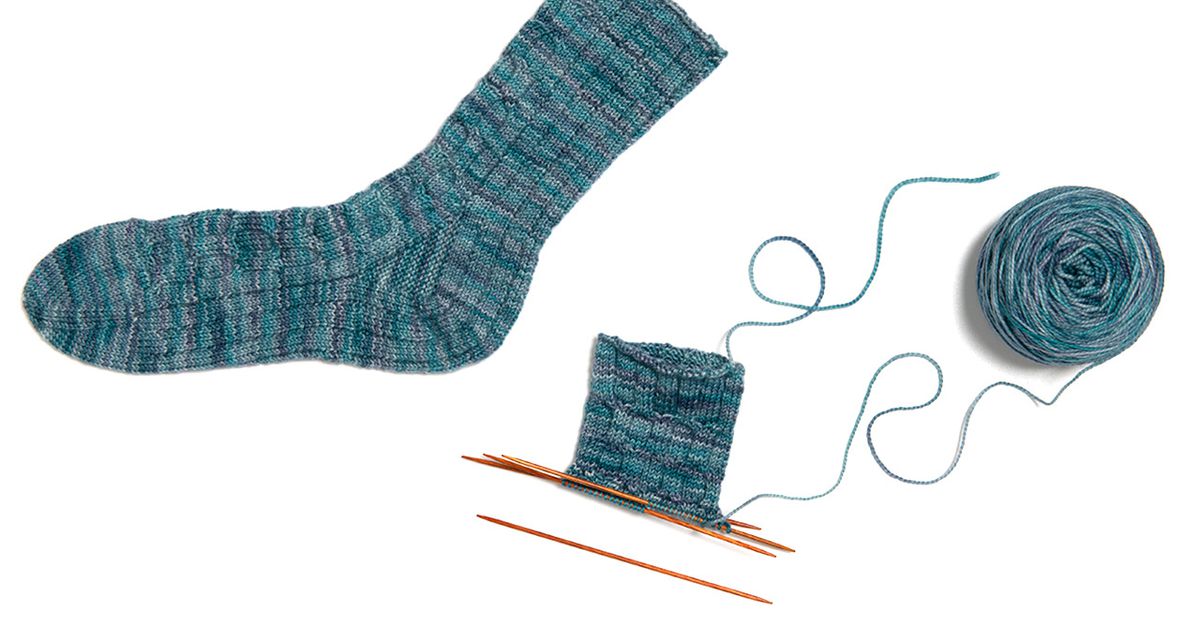In fact, we in the West have somewhat forgotten to dress well indoors against the cold, says Boris Kingma, a TNO researcher in the field of thermophysiology. “If you look at recent history, we’ve increasingly outsourced our body temperature regulation to buildings over the past 100 years.” Heat when it’s cold, ventilate or air-condition on a hot day. “We made that cocoon ourselves.”
And that comfortable cocoon under pressure. With soaring energy prices and lower temperatures in the fall, the question arises: How do you dress as warmly as possible at home to reduce your energy bill? Four experts give advice.
1 Choose the right fabric
You feel cold when your body’s heat output exceeds heat production, says Heine Danen, professor of thermophysiology at VU University Amsterdam, for example by sitting still for a long time. “Clothes slow down the release of heat. That’s why it’s important to choose insulating fabrics: clothes that retain a layer of warm air. This is, for example, how a sleeping bag works.”
Fleece is a good candidate for this, according to journalist and polar explorer Bernice Nutenbaum. You regularly travel to areas where it’s so cold that every bit of exposed skin poses a risk of frostbite, such as Siberia at minus 55 degrees.
“The advantage of wool is that it insulates, but it also has the ability to absorb moisture, unlike synthetics.” Notenboom says wool has the image of an itchy, but that’s not always the case: Nowadays wool is often mixed with another fabric, such as silk, so that it fits snugly.
What kind of wool is better to choose? Mimic nature, advises Troy Nachtigal, professor of fashion and technology at Amsterdam University of Applied Sciences. More specifically, look at how animals protect themselves in areas where it is cold, such as high in the mountains. “Then you end up with cashmere, goat, or alpaca wool.” Merino, of sheep, is also a good candidate, although these animals do not live in a very cold region. Although these fabrics are associated with luxury, you can buy a jacket in this type of fabric at flea stores for a few dollars.
Read also about Bernice Nottenbaum’s latest expedition: At 20 kilometers per hour over the ice cap
2 Layered dress
Polyester faux wool is also a popular fabric. Although this is a less sustainable option, because the microplastics end up in the water when the wool is washed. If you choose fleece, says polar explorer Notenboom, use it as an outer layer for your clothing. She adds: Because that’s the secret to clothing that keeps you warm anyway.
“When I’m on an expedition, I always wear a few thin layers of woolen clothing. Think socks, fluffy jackets, and wool underwear—they insulate better than cotton. Thermal underwear also works very well as a base layer.”
On the other hand, the outer layer may be too thick, Notenboom advises – so wear some kind of matryoshka.
She wears a woolen jacket herself as the “top layer” of clothing she wears indoors, although this has more practical reasons. “The useful thing is that you can take it off again if you get too hot from exercising.”
Also important: Pay attention to your head, hands, and feet, says Notenboom. “In Westerners, when it’s cold, blood from those parts flows directly into the trunk, to keep the organs warm and thus to protect them. For the indigenous peoples above the Arctic Circle, an evolutionary process led to the opposite – so that they could continue to hunt in extreme temperatures. “.
You can go a long way with cut gloves (to be able to work) and warm slippers, for example made of sheep’s wool. Masks (balaclavas) also keep the head warm. “Just make sure you keep your hands and feet warm while they’re still warm,” adds Professor Heine Danen. “Once the hands and feet are cold, the insulating covers don’t do anything anymore. The clothing slows the release of heat when there is a temperature difference.”
3 Use technical tools
While living in Denmark for his postgraduate studies, modeling director Troy Nachtigall was introduced to garments with tech gadgets, powered by batteries, in which wires that emit heat are woven. I myself have a rechargeable electric jacket. It is perfect for warming your torso and is very comfortable. These clothes are very popular in Scandinavia.” It’s also much more expensive: online prices for electric and body heat jackets start at around €100. It’s also a pity that there are only a few sustainably produced variants, and often These clothes are cheaply produced in China.”
Professor Heine Danen calls this clothing category an “interesting development. I myself have a pair of battery-powered electric socks – they’re great.”
4 keep moving
What we see as normal house temperatures have changed over the years, says Boris Kingma, a researcher at TNO. “If you ask an older generation, they will say 19 degrees. If you ask young people now, they will say 21,” he says, and this has to do with cultural changes. Modern occupations mean that people sit quietly behind a curtain for long periods of time. If you don’t change your clothes, the temperature should be higher to keep them warm. So, keep moving around the house: swing your arms now and then, walk around your house as a respite, and rotate your feet when you’re seated.
According to Kingma, the good news is that you can get used to being cold over time. “The first days it was around 19 degrees you think: Oh my God, it’s so cold in here. But after about ten days you will notice that you have the same cold as less than that.” But really comfortable? “it will not be.”
A version of this article also appeared in the October 8, 2022 newspaper








